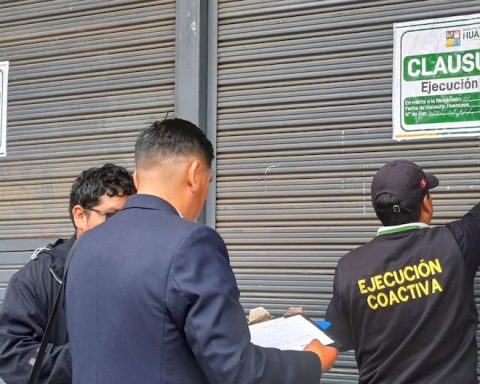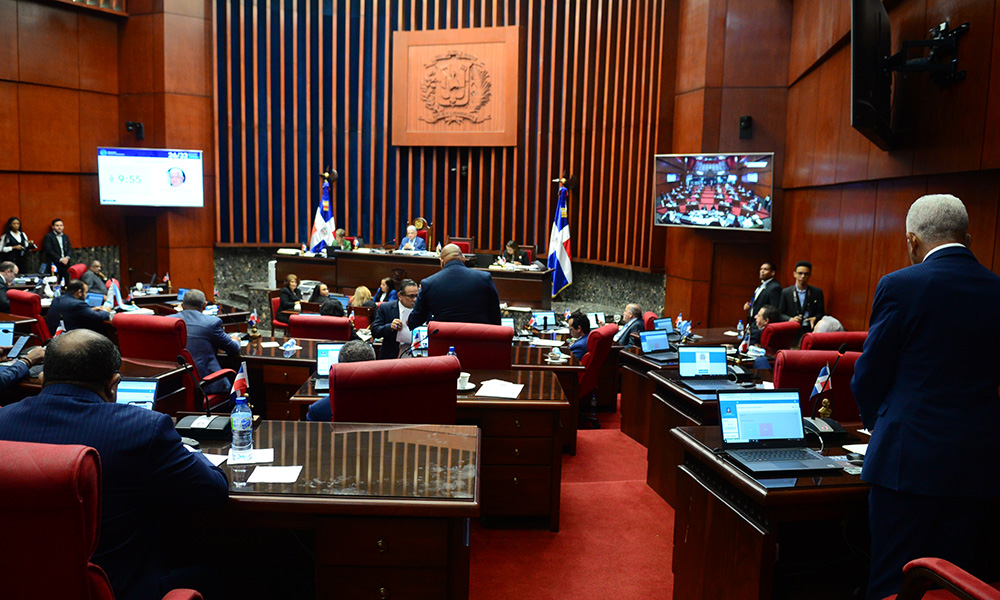The changes in the tradeespecially in stores retail, are more obvious. The cessation of restrictions has enhanced the return of physical stores and a drop in sales. Online salesforcing companies to rethink their business strategies and integrate both sales channels with greater investment in technology.
According to a study by the market research company Ipsos Peru, consumers are more cautious with their purchases, since they have gone from being consumers in a pandemic to being consumers in inflation, they will continue with their purchasing habits in cheap places (62% ) and stop buying some products and brands. By raising prices, Peruvians plan to spend more on essential and basic items.
In this sense, retail companies continue to bet on investments that allow them to retain and attract customers. “Given the reduction in liquidity, there are fewer people buying, but companies cannot afford to lose customers. Today the competition is tough, therefore, differentiation goes through impeccable face-to-face or digital shopping experiences”mentions Ulrich Reiser, Country Manager of STG in Peru.
Smart, predictive and accurate warehouses
With an empowered, technological and speed-hungry consumer, companies should appreciate a high investment in solutions such as WMS and RFID, to have accurate inventories, helping to more agile distribution of products.
“An intelligent and online inventory translates into speed, agility and traceability. Deliveries can no longer take days, they must be accelerated to fulfill them in hours. But that’s only part of the buying cycle. Customers are increasingly critical and want frictionless processes”Reiser adds.
LOOK: Father’s Day: Retail sector reduces sales expectations after elimination of Qatar 2022
Previously, retailers held inventories of up to three months. However, today’s trend is that it can rotate quickly and thus face the drop in consumption that is not only in the store, but also in e-commerce.
Peru continues to take steps in the implementation of technologies to integrate satisfactory shopping experiences. Although the road is still in progress, progress is being made not only in meeting digital needs, but also in meeting the requirements of customers who once again opt for physical care.
RECOMMENDED VIDEO
:quality(75)/cdn.jwplayer.com/v2/media/1TL1qpD8/poster.jpg)
















